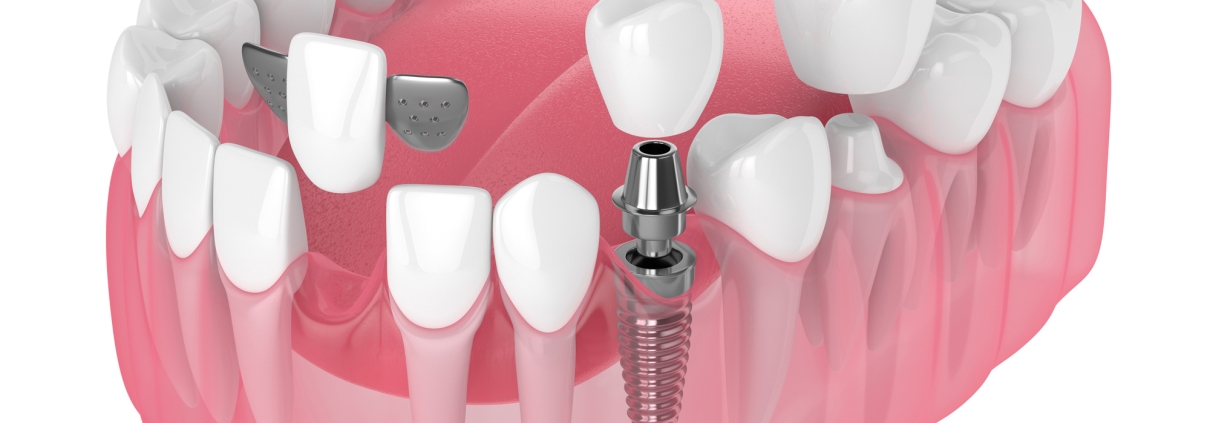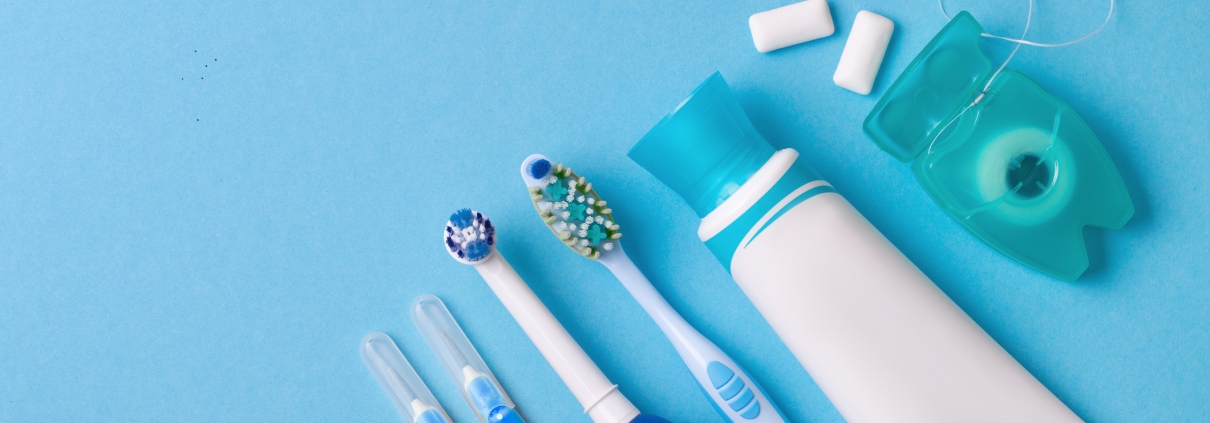Maintaining good oral health is essential for a healthy smile and overall well-being. However, many people face dental problems that can affect their quality of life. The good news is that most dental issues are preventable with proper care and attention. Here are 10 common dental problems and tips on how to avoid them:
1. Cavities (Tooth Decay)
Cavities are one of the most common dental issues, caused by plaque buildup that produces acids that erode tooth enamel. They can lead to pain, sensitivity, and infection if left untreated.
Prevention: Brush twice a day with fluoride toothpaste, floss daily, and reduce sugar intake. Regular dental check-ups can help catch early signs of decay.
2. Gum Disease (Periodontal Disease)
Gum disease occurs when plaque and tartar irritate the gums, leading to inflammation, bleeding, and, in severe cases, tooth loss.
Prevention: Practice good oral hygiene by brushing and flossing daily. Visit your dentist regularly for professional cleanings to remove tartar.
3. Bad Breath (Halitosis)
Persistent bad breath can be caused by poor oral hygiene, gum disease, or underlying health issues.
Prevention: Maintain a consistent oral hygiene routine, including brushing your tongue. Stay hydrated and avoid tobacco and certain foods like garlic and onions.
4. Tooth Sensitivity
Tooth sensitivity occurs when the enamel wears down, exposing the underlying dentin. This can cause pain when consuming hot, cold, or sweet foods and drinks.
Prevention: Use a toothpaste designed for sensitive teeth and avoid acidic foods and drinks. Brush gently with a soft-bristled toothbrush.
5. Cracked or Chipped Teeth
Teeth can crack or chip due to trauma, biting on hard objects, or grinding your teeth.
Prevention: Avoid chewing on ice or hard candies. Wear a mouthguard during sports and if you grind your teeth at night.
6. Tooth Erosion
Erosion occurs when acids wear away the enamel, leading to sensitivity, discoloration, and increased vulnerability to cavities.
Prevention: Limit acidic foods and drinks like citrus fruits and sodas. Rinse your mouth with water after consuming acidic items and wait 30 minutes before brushing.
7. Toothaches
A toothache can be caused by various issues, including cavities, infections, or gum disease.
Prevention: Regular dental visits can help identify and treat potential problems early. Maintain good oral hygiene to reduce the risk of infections and decay.
8. Oral Cancer
Oral cancer can affect the tongue, lips, cheeks, and throat. Early detection is crucial for successful treatment.
Prevention: Avoid tobacco and excessive alcohol consumption. Use sunscreen on your lips and visit your dentist regularly for oral cancer screenings.
9. Teeth Grinding (Bruxism)
Teeth grinding can lead to worn-down teeth, jaw pain, and headaches. It often occurs during sleep or due to stress.
Prevention: Manage stress through relaxation techniques. Consider wearing a nightguard to protect your teeth while sleeping.
10. Stained Teeth
Stains on teeth can result from consuming coffee, tea, red wine, or tobacco products.
Prevention: Brush and floss regularly to prevent surface stains. Limit staining foods and drinks and consider professional whitening treatments if needed.
General Tips for Preventing Dental Problems
- Brush and Floss Daily: Brushing twice a day and flossing once a day are essential for removing plaque and preventing dental issues.
- Use Fluoride Products: Fluoride strengthens enamel and helps prevent cavities.
- Stay Hydrated: Drinking water helps rinse away food particles and bacteria, promoting overall oral health.
- Visit Your Dentist Regularly: Routine check-ups and cleanings are vital for maintaining healthy teeth and gums.
- Eat a Balanced Diet: A diet rich in fruits, vegetables, dairy, and lean proteins supports strong teeth and gums.
By understanding these common dental problems and taking proactive steps to prevent them, you can enjoy a healthier smile and avoid costly dental treatments in the future. Remember, good oral hygiene and regular dental visits are the keys to maintaining excellent oral health for life.










